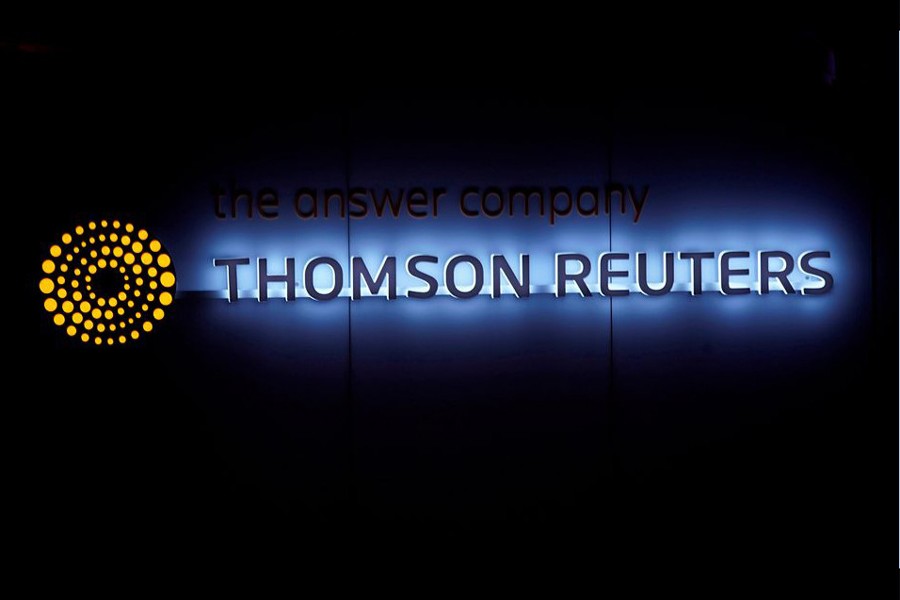
Published :
Updated :

Reuters News on Thursday unveiled a new subscription website as part of a broad initiative to court business professionals.
In addition to targeting its current global readership, the newly revamped Reuters.com is hoping to attract professional audiences prepared to pay $34.99 per month for a deeper level of coverage and data on industry verticals that include legal, sustainable business, healthcare and autos.
Reuters.com will remain free for a preview period, but will require users to register after five stories. It is not immediately clear when it will begin charging.
The Thomson Reuters-owned news division now joins a crowded market of major news organisations which already charge for their content.
Among them, financial news rival Bloomberg.com charges $34.99 per month before discounts, while the Wall Street Journal, which in 1996 became the first to launch a paywall, charges $38.99.
In an emailed statement, Josh London, Chief Marketing Officer, Reuters and Head of Reuters Professional, called the launch "the largest digital transformation at Reuters in a decade."
He added: "Professionals need direct access to industry knowledge, data and insights from expert sources, and Reuters is pleased to offer our trusted, impartial and accurate news coverage through a premium offering."
Reuters President Michael Friedenberg and newly appointed Editor in Chief Alessandra Galloni have said the success of the digital and events business is one of their top priorities.
Ken Doctor, a veteran media analyst and founder of local news and information company Lookout Local, characterised the introduction of the paywall as "late, but not too late," noting that Bloomberg only started charging for its site in 2018.
"The critical question is to a business news consumer, what added value do I get from Reuters that I don't get from Bloomberg or Dow Jones?" he added.
Reuters generates around half of its revenue from its biggest client, financial data specialist Refinitiv.
Refinitiv was part of Thomson Reuters until 2018 when a majority stake was purchased by private equity firm Blackstone Group LP in a deal valuing the business at about $20 billion. It was then sold to the London Stock Exchange Group Plc in a $27 billion all-stock deal that closed this year.
Reuters also licences text, video, pictures, data and graphics to media companies, which, in many cases, offer the content for free to consumers, as well as to tech companies and corporations. And it generates advertising revenue from the website, which attracts around 41 million unique visitors monthly.
The digital operation is one prong of its plan to court professionals that also includes live events, newsletters, channels on streaming TV services Roku and Plex and on audio through Amazon.com, the company has said.
Toronto-headquartered Thomson Reuters invested what several former executives have estimated at $20 million less than a decade ago to rebuild the website. It pulled the plug on the plan in 2013 as it was "far away from commercial viability or strategic success," former Reuters CEO Andrew Rashbass told employees in an internal memo at the time.
A Reuters spokeswoman declined to comment on the investment figure.
The new iteration of the digital strategy includes a deeper investment in areas such as legal news, where it has added journalists and launched new products, including daily newsletters. It will also offer live streams of Reuters events to subscribers.


 For all latest news, follow The Financial Express Google News channel.
For all latest news, follow The Financial Express Google News channel.